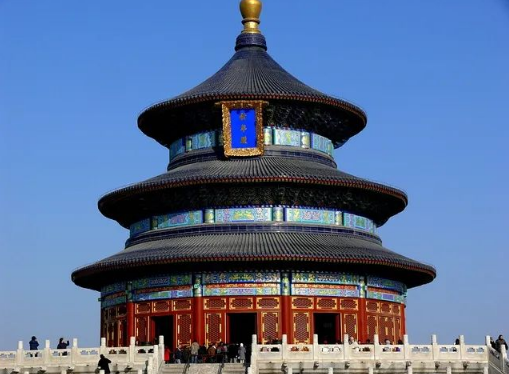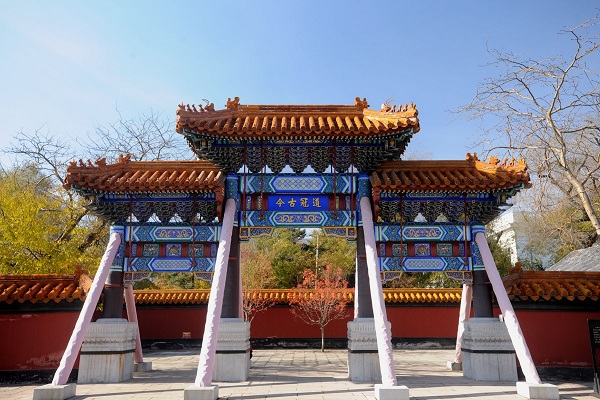- Call Us :+86 13663796880
- Email :nicole@sfrooftile.com
- Working hours :24 hours a day
- Language :Chinese
Nicole Zhang
+86 13663796880
+86-379-63262958
nicole@sfrooftile.com
Chinese ancient architecture is a treasure of traditional Chinese cultural and artistic aesthetics, amazed by its unique and exquisite appearance and architectural techniques. They not only represent art and life, but also contain the wisdom of Chinese civilization.
These buildings contain rich cultural connotations and historical memories, and are an important component of the traditional Chinese culture, showcasing the unique aesthetic taste and wisdom of the Chinese nation. The development of ancient Chinese architecture has gone through thousands of years and has formed a complete system. Each form has its unique characteristics and cultural connotations, showcasing the essence of ancient Chinese architectural art.
1. Palace
A palace is the main building in ancient architectural complexes, consisting of two types of architectural forms: a palace and a hall. The hall is dedicated to palace, ritual, and religious buildings.

2. Pavilion
Pavilion (Liangting) is a traditional Chinese architecture originating from the Zhou Dynasty. It is mostly built by the roadside for pedestrians to rest, enjoy the cool, or observe the scenery. The pavilion is generally an open structure without walls, and the top can be divided into various shapes such as hexagonal, octagonal, and circular. Due to its lightweight design, flexible material selection, and flexible layout, it is widely used in garden architecture.

3. Tower
Chinese ancient buildings often only have one or two floors, and a few pavilions can reach four or five floors. Among the countless ancient buildings that crawl on the ground, only one type of ancient building dares to break through it is the tower.
Tower originally originated in India and is a building that worships or collects Buddhist bones, statues, scriptures, and remains of monks. With the introduction of Buddhism, it integrates with the local architectural forms and culture of China, forming a type of architecture with traditional Chinese characteristics.

4. Corridor
A corridor refers to a passage under the eaves, a passage within a house, or an independent roofed passage. Including cloisters and corridors, with functions such as shading, rainproof, and resting. Corridors are an integral part of architecture and an important means of forming the exterior characteristics and dividing spatial patterns of buildings. The treatment of courtyard space and the beautification of its volume are crucial, such as the corridors surrounding the courtyard. The corridors in the garden can divide scenic areas, create spatial changes, increase depth of field, and guide visitors.

5. Altar
An altar is a high platform used for ancient ritual ceremonies, built with soil and stone, and also refers to a place for religious activities in Buddhism and Taoism. Altar style architecture is a place where various celebration activities are held to express respect and gratitude for heaven, earth, and ancestors, also known as ceremonial architecture.

6. Screen wall
Shadow wall is a wall used to block the view in traditional Chinese architecture. It is a type of building in front of ancient temples, palaces, government offices, and deep courtyards, with the outer door facing the main gate as a barrier. The function of the screen wall is to serve as a barrier in front of the building group, distinguishing the inside and outside, and adding a dignified and solemn atmosphere, with decorative significance.

7. Memorial archway
Memorial archway is one of the architectural cultures with Chinese characteristics. It is a building erected in feudal society to honor meritorious deeds, civil service, moral governance, and loyalty, filial piety, and righteousness. There are also some temples that use memorial archway as mountain gates, and others that are used to mark place names.

If you are interested in or want to build ancient Chinese architecture above China, Dannuo Gardens can provide assistance.